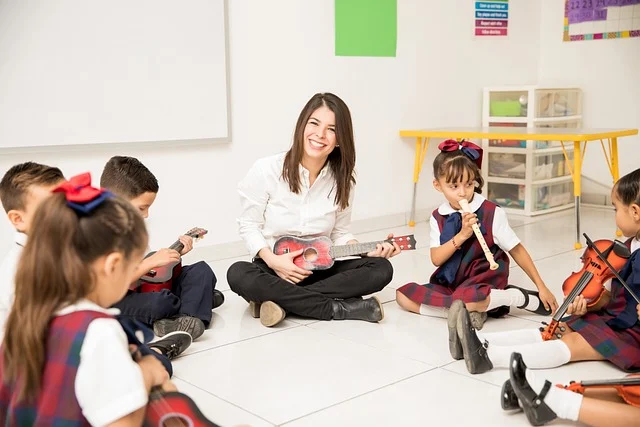In the realm of early childhood education, parents often encounter the terms “preschool” and “kindergarten” and may wonder about their distinctions and similarities. While both play crucial roles in a child’s developmental journey, they serve different purposes and cater to different age groups. In this comprehensive guide, we’ll delve into the nuances of preschool and kindergarten, exploring their objectives, curricula, and key differences Between Preschool And Kindergarten to help parents make informed decisions about their child’s education.
Understanding Preschool:
Purpose and Objective:
Preschool, also known as nursery school or pre-kindergarten, is typically the first formal educational experience for children aged three to five years. Its primary goal is to provide a nurturing and stimulating environment where children can develop essential social, emotional, cognitive, and motor skills through play-based learning activities. Preschool lays the foundation for future academic success by fostering curiosity, creativity, independence, and socialization skills.
Curriculum and Activities:
Preschool curricula are designed to be developmentally appropriate and child-centered, focusing on holistic growth across various domains. Activities may include free play, arts and crafts, storytelling, music and movement, sensory exploration, and basic literacy and numeracy skills. Through hands-on experiences and structured routines, children learn to follow instructions, interact with peers, express themselves creatively, and develop pre-academic skills such as letter recognition, counting, and spatial awareness.
Duration and Structure:
Preschool programs may vary in duration and structure, ranging from a few hours a day to full-day programs, depending on the needs and preferences of parents and caregivers. Some preschools operate on a part-time basis, while others offer extended care options to accommodate working families. Class sizes are typically small, with a low student-to-teacher ratio to ensure individualized attention and support.
Exploring Kindergarten:
Purpose and Objective:
Kindergarten marks the beginning of formal schooling and serves as a bridge between preschool and elementary school. It is typically intended for children aged five to six years, although age requirements may vary depending on the educational system and country. The primary goal of kindergarten is to prepare children for academic success in elementary school by building upon the foundational skills and concepts introduced in preschool.
Curriculum and Activities:
Kindergarten curricula are more structured and academically focused than preschool, with an emphasis on foundational literacy, numeracy, and social skills. Activities may include structured lessons in reading, writing, mathematics, science, social studies, and arts and crafts. Kindergarten teachers use a variety of instructional methods, including whole-group instruction, small-group activities, and individualized learning experiences, to meet the diverse needs of students and promote meaningful learning outcomes.
Duration and Structure:
Kindergarten programs typically follow a structured schedule, with full-day sessions lasting six to eight hours, depending on the educational institution and local regulations. Classrooms may be larger than those in preschool, with a greater emphasis on academic instruction and preparation for standardized testing. Kindergarten teachers work closely with parents and caregivers to monitor children’s progress, address individual learning needs, and facilitate a smooth transition to elementary school.
Key Differences:
- Age Group: Preschool is designed for children aged three to five years, while kindergarten is intended for children aged five to six years.
- Focus and Emphasis: Preschool focuses on holistic development through play-based learning, while kindergarten emphasizes academic readiness and preparation for elementary school.
- Curriculum Structure: Preschool curricula are more flexible and child-centered, while kindergarten curricula are structured and academically oriented.
- Duration and Schedule: Preschool programs may offer part-time or full-day options, with flexible schedules, while kindergarten typically follows a full-day schedule with a structured curriculum.
- Teacher Qualifications: Preschool teachers may have varying levels of education and training, while kindergarten teachers are typically certified educators with specialized training in early childhood education.
Conclusion:
In conclusion, while preschool and kindergarten both play vital roles in a child’s educational journey, they serve distinct purposes and cater to different age groups and developmental stages. Preschool lays the foundation for future learning by fostering social, emotional, and cognitive skills through play-based exploration, while kindergarten prepares children for academic success in elementary school through structured instruction and readiness activities. By understanding the differences between preschool and kindergarten, parents can make informed decisions about their child’s early education and support their holistic development and future academic achievement. Apples and Bananas is one of the top preschool in Bopal, Ahmedabad. Enroll your kids today at the best preschool in Ahmedabad.

